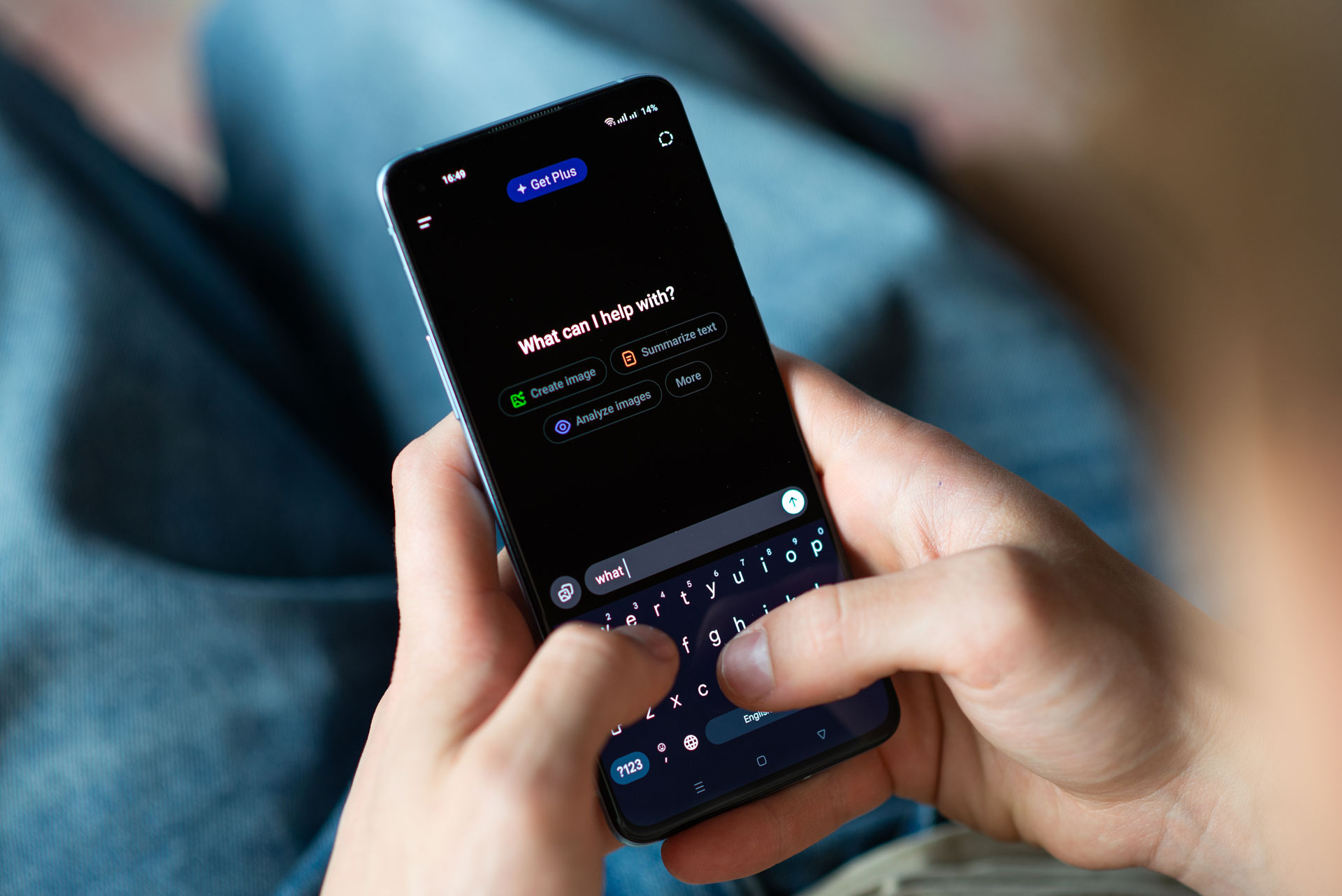Ideas Post
How to Use Storytelling in Social Media to Captivate Your Audience
Stories across social media humanize your brand, allowing your audience to relate and resonate with your message...

We’re all familiar with storytelling as a form of entertainment. Friends huddled around a campfire sharing spooky or personal stories. The comforting ritual of tucking your little ones into bedtime stories. Tales of inspiration where good triumphs over evil and love conquers. What about storytelling for persuasion?Stories can tap into our emotions. Maya Angelou once said, "I've learned that people will forget what you said, people will forget what you did, but people will never forget how you made them feel." Likewise, taking your audience on a journey with you allows you to quickly lead them to your brand with just the right amount of time for them to get invested.One of the highly effective modes of persuasion is Pathos or, plainly put - tugging at the heartstrings. However, you may not as commonly know the science behind this phenomenon. In a study by NPR (National Public Radio), it was found that as you hear a story unfold, your brain waves start to synchronize with those of the storyteller, according to Uri Hasson, professor of psychology and neuroscience at Princeton University. This gives us the power to connect, change perspective, and initiate action.
Why storytelling on social media works
Storytelling as a powerful marketing tool isn't new, but why use it on social media? It's the perfect marriage of reach and captivation. Stories humanize your brand, allowing your audience to relate and resonate with your message. This builds trust and loyalty in a sea of mindless scrolling of ads with pushy messaging.Social media allows you to get the same story across in different ways and to different demographics. It's a great way to connect with your current reach, increase brand awareness, and gain new followers.
Platforms where you can use storytelling
The first platform that comes to mind is Facebook, with its 2.94 billion users.
- Tell your story on “stories.” The temporary life of “stories” is a viable option for multiple messages in different formats, from pictures to videos, and great for immediate or in-the-moment content. They also let creators/brands practice the age-old tradition of oral storytelling.
- Write it in a post. Facebook’s large word count allows long-form messaging to tell full-length stories.
An account that has done this well isHumans of New York, which has gained over 20 million followers, telling the personal stories of strangers on the streets of New York City.
View this post on Instagram A post shared by Humans of New York (@humansofny)
- Fit more with longer videos. You can use this to your advantage if you have the time to create longer content with more details. Other platforms limit the length of videos, whereas, with Facebook, there isn’t as much pressure to pack it all into several seconds.
The second is Instagram, with 2 billion active users.
- Go live! This feature is available on both Facebook and Instagram. Live mode brings your audience with you to an event or gives the feeling of connecting in person.
- Narrate your story in the caption. Instagram posts allow the combination of visual story-telling with compelling images and a chance to share more than a descriptive one-liner.
An excellent example of visual storytelling is local San Antonio photographer Devin Travieso’s account, Wayfarer Photography. His captions share memorable moments and uplifting sentiments - sharing the overall human experience.
View this post on Instagram A post shared by WAYFARER PHOTOGRAPHY (@wayfarerphotography_)
- Similar to Facebook, sharing clips of “stories” outside the feed allows the same opportunities for messaging while increasing visibility.
- Hashtags may bring Twitter to mind, but hashtag campaigns have proven highly successful in sharing User-Generated Content - the digital form of word-of-mouth. This also further connects a brand to its community, strengthening trust.
Finally, YouTube has the highest reach, with a demographic of ages 15-35 and over 2 billion active users.
- Videos grab people's attention faster than words, so YouTube's latest algorithm does everything possible to keep interactions coming in the form of subscriptions, shares, and comments. This can be achieved by optimizing your video descriptions, creating new content, and engaging your audience consistently.
Your storyline across all platforms
Whichever platforms you use to share your story, make sure your narrative is consistent across them all. This doesn’t mean you always have to tell the story of your business, but it ensures your audience can recognize you from a long post from a quick video clip. Once you understand the “why” behind your brand and what sets it apart from your competitors, the easier it will be conveyed in your tone across multiple media.Understanding your audience and brand lets you know the core message your followers are expecting. Building consumer personas is a tool that will help you identify the type of person who is most likely to engage with your content. And finally, don’t be afraid to show vulnerability. This is one of the most relatable emotions in human nature and lets others see the actual people behind the brand.
Let's build a tribe together
Ideas, Ideas, Ideas
Featured Work
We don’t just deliver - we make a difference.
Here’s a look at some of our most impactful branding, web, and campaign work. These aren’t just projects - they’re proof of what’s possible when bold ideas meet the right tribe.












